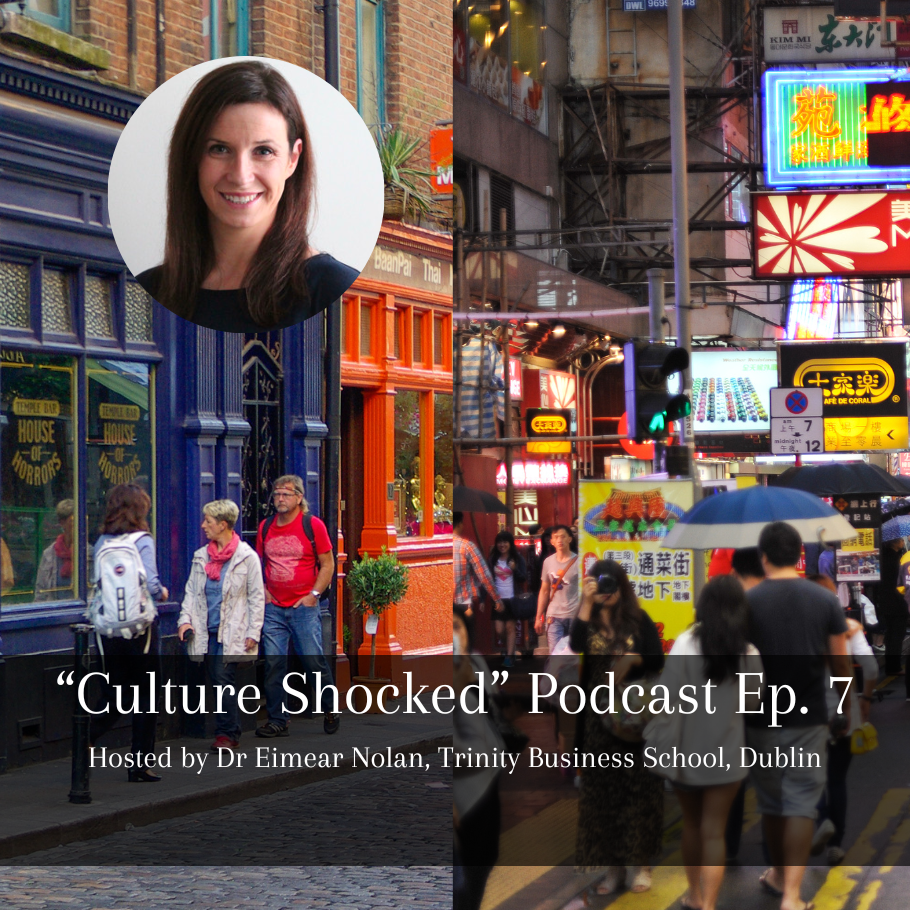Test. Tweet. Dream. Repeat Posted at 0:00, Mon, 3 April 2017 in Industry Insights
At the start of 2017, one of my (many) resolutions was to get out and attend more networking/speaker events within my areas of interest – digital marketing, growth hacking, customer experience and UI/UX design. I had the best intentions in the world of following this through, however we have all been there – it comes to 6pm on Thursday night, you’re stuffed after a long week/day, feeling all of your thirty something years. The last thing you feel like doing is making small talk and forcing your brain to work one more time – it’s too easy to just go home, make dinner and chuck on a few Judge Judy repeats (don’t judge me – she is awesome).
A recent evening saw the similar scenario, and add the fact that Sydney was enduring yet another Darwin-esque torrential downpour of rain. It would have been all too easy to just say “oh, I’ll just go to the next one”, which I briefly contemplated. But I said to myself I had made a commitment, and I will see it through. And I am very glad I did.
I attended the Sydney Growth Hackers meetup (run by the very charismatic, smart Daniel Siepen) at the funky offices of Freelancer. Three excellent, accomplished speakers and three insightful entertaining presentations:
Tamir Vidger, 18-year-old whizkid and self-employed growth hacker/consultant
Dan Draper, VP of Engineering at Expert360 and part-time executive film producer
Charlotte Crivelli, Head of Growth at JosephMark
Here my key takeaways:
Test, test…and test some more
Anyone who has read “The Lean Startup” by Eric Reis or “Lean UX” by Jeff Gothelf will be familiar with the above expression. Growth hacking is about conjuring up hundreds of ideas, constantly testing them and picking the best ones from there. Do your best to never assume. Your prerogative or solution on a certain topic may seem totally logical to you, but it may not apply to everyone else. We all see things differently, hence the emergence of Agile cross-functional teams, most prominent in fast-moving start-up ventures. When it comes to lead generation, Tamir advises the usage of multiple channels. One channel may bring rapid success, but that may be for a finite period of time. The market is constantly changing and you must continue to adjust and evolve. Similarly, using too many is time-consuming and may be non-effective. Focus on a few channels, and do it well. And remember – when coming up with ideas for hacking, don’t over-complicate your ideas. What may not work for someone else’s product, may produce excellent results for yours, whether it creating an eBook on Slideshare, producing regular blog posts, a short video piece or creating a separate landing page for a new campaign.
Don’t f#@! the customer
Atlassian’s infamous and very well-known slogan. Many businesses fail to realise the importance of a customer’s lifetime value. It is so easy for us to focus on customers that spend a lot of money with us very quickly, as opposed to customers that require a little more TLC in order to become big, regular spending customers. By educating customers, helping them or providing assistance, there is a greater chance they will buy from us and subconsciously become brand advocates for our business/product, leading to greater word of mouth and referrals.
Follow me, follow you…AH HA!
Millenials won’t understand the play on words I just did there #eyeroll. Anyway – Dan Draper (Head of Engineering @ Expert360) gave a fantastic presentation centred around what he calls his “academic, just for fun, narcissistic” project – automated growth of his Twitter account, a bot called “Tweet Dreams”, adding followers while he sleeps. While first attempts at this were far from seamless (Twitter suspended his accounts on multiple occasions for suspicious spamming/robot like activity – not just a pretty face evidently) – mainly due to the bot adding multiple spamming/fake accounts, it leads to a number of important questions: who should he be following? Which users were following him back? Perhaps more importantly, WHY were they following him? We can apply these questions to ourselves when it comes to other social media platforms, such as Facebook friends and Instagram followers. Sure, it’s great having 10K followers on Instagram (who doesn’t love an occasional visit from the attention fairy, a boost to the ego when you’re having a fat day), but how many of these are real, quality followers who genuinely enjoy the content that you post? By constantly testing and tweaking the bot, Dan was able to successfully reach a point whereby the bot ads approximately 10-15 followers a day with very little effort.
#No Filter
Hashtags. Similar to Vegemite – you love them, or they literally make you squirm and rue the generations gone by. There is no question that hashtags have helped businesses grow product sales and individuals grow their online presence through various social media platforms. Certain obvious hashtags like #nofilter, #selfie, #picoftheday and #followme are incredibly popular but don’t create value and are somewhat overused. The trick is to be able to create or use a moderately popular or unique hashtag that will attract attention. For example, a friend of mine works in media and has pretty much coined the hashtag #noselfiecontrol to great effect – it’s memorable, he’s grown his Twitter/Instagram followers massively and others have started to use it. Like with everything though, nothing is infinite – hashtags have a certain shelf life. You cannot use the same ones forever, because those lonely spammers will soon pay you an overdue visit.
Stay tuned for my next piece in a month’s time. Happy Monday, hackers!



